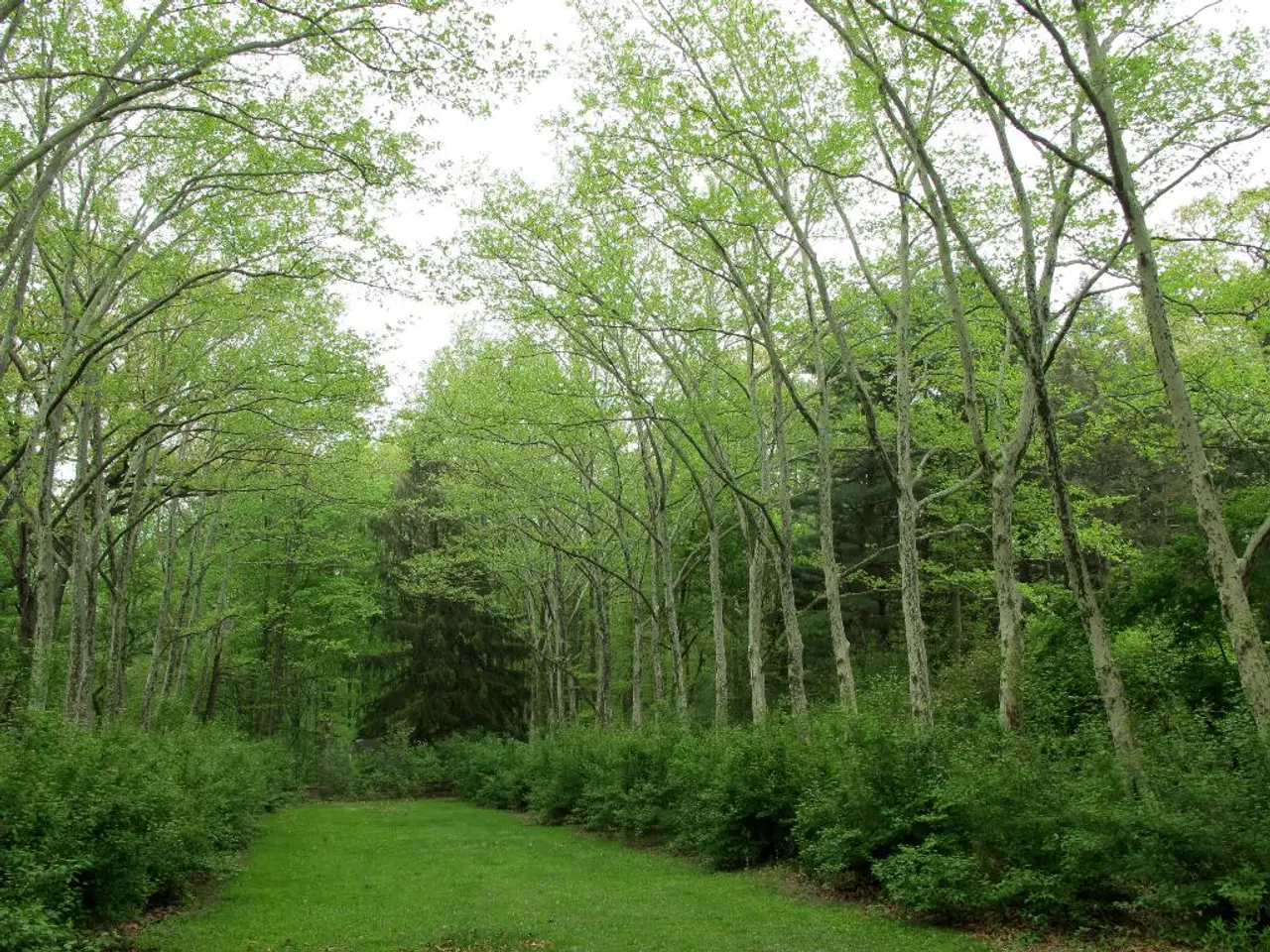Improving biodiversity studies is crucial: underscored by zoologist
In a bid to ensure the long-term survival of diverse wildlife species, technology transfer plays a crucial role in biodiversity conservation. This is particularly true for endangered species, for which specific research is required to prevent extinction.
To achieve this, it's essential to equip personnel working at nature reserves with the necessary skills. Technical training courses and conservation education are key to effective management of these vital habitats. Furthermore, a database on all species should be established for long-term conservation targets.
However, challenges persist. Poverty and food scarcity in local communities often lead to over-exploitation of forestry products, resulting in illegal hunting and logging, which threatens wildlife species habitats. To combat this, supportive programs for improving living standards among communities are needed. These programs should include local practical farming methods, customs, and lifestyles, rather than imposing external solutions.
International NGOs often provide funding and commitments during conservation projects. However, the management boards of nature reserves require regular funding and facilities for conservation activities. Technical and scientific training programs are necessary for local rangers and reserve management board staff to effectively manage these resources.
Community involvement is also crucial. Before beginning a conservation project in a locality, it's important to collect local community opinions to promote value and feasibility for long-standing sustainable targets. Project managers should ask communities what support they need from conservation programs, and also give them a hand in building marketable farming and high-value organic agriculture.
Improving living standards and incomes for communities living in buffer zones and near reserves is crucial for sustainable biodiversity conservation and wildlife species protection. This is because these communities often have a direct impact on the health of the ecosystem.
In Central Vietnam, while there are no specific search results addressing biodiversity monitoring measures in nature reserves, common methods for biodiversity surveillance in protected areas include species observation, data recording, use of GPS and telemetry to track animals, installation and maintenance of camera traps, behavioral observations, and participation in veterinary interventions when necessary. These approaches are used to monitor and protect wildlife, including endangered species, and to counteract threats such as poaching.
Lastly, the management boards of nature reserves require camera trap solutions, technical consultancy from top experts, and conservationists to effectively manage these vital habitats and ensure the survival of diverse wildlife species.
Read also:
- Peptide YY (PYY): Exploring its Role in Appetite Suppression, Intestinal Health, and Cognitive Links
- Toddler Health: Rotavirus Signs, Origins, and Potential Complications
- Digestive issues and heart discomfort: Root causes and associated health conditions
- House Infernos: Deadly Hazards Surpassing the Flames








